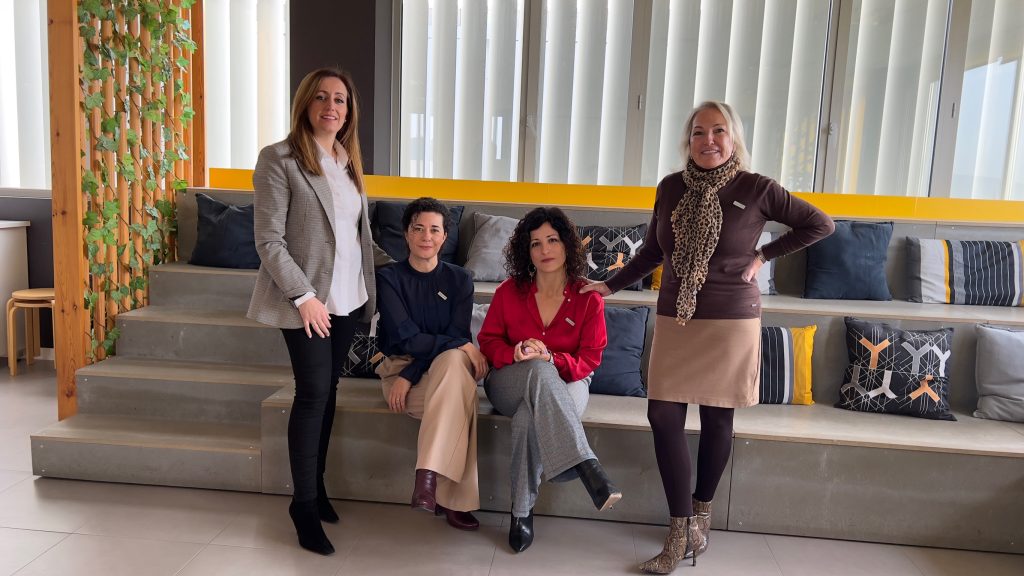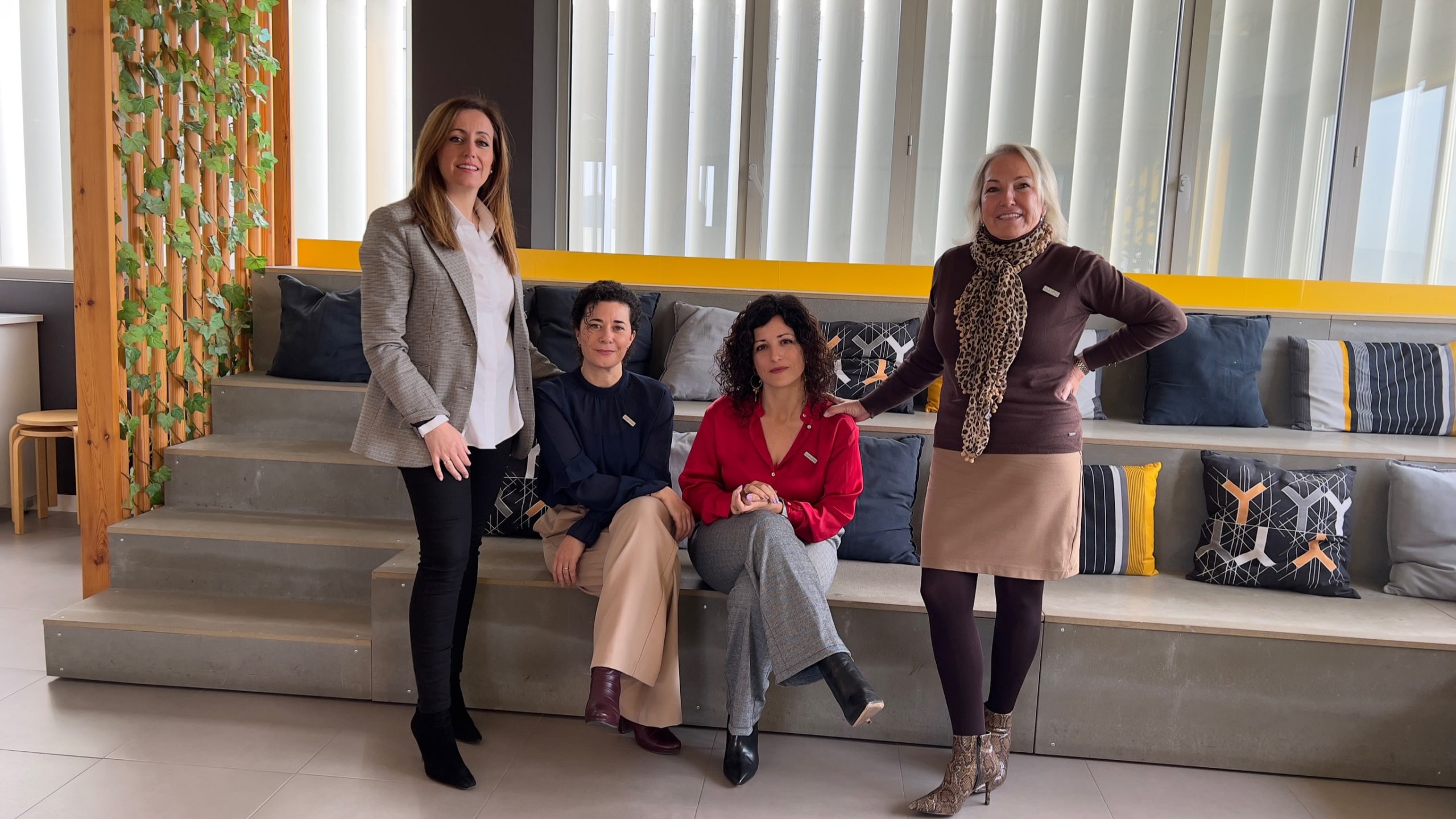Today, March 8, is International Women's Day. A day that has been gaining importance and prominence as society has become aware of the need for its existence. In 2023, the United Nations (UN) has decreed as the main theme for this day the theme “For an inclusive digital world: Innovation and technology for gender equality”, focusing on one of the great battles that we still have to face. fight as a society: the digital gender gap.
When we talk about the digital divide, we refer to the inequality of access to Information and Communication Technologies (ICTs), taking into account both access to devices and the Internet connection, as well as digital skills and competencies. These digital gaps are, in turn, digital gender gaps, since in each of these dimensions there are differences between men and women.
The National Institute of Statistics (INE) and ONTSI agree in pointing out that Factors such as the lack of infrastructure, especially in rural areas, the lack of digital skills and the lack of interest in the digital transition are the main elements that widen this digital gender gap.
Although digital skills have become equal, 53% of women consider that they do not have the capacity to enter the workforce in a highly technological and automated market.
This situation is worse in older women, since more than half of women over 75 years of age have never connected to the Internet, a percentage that grows in rural areas.
On the other hand, the INE argues, in its Survey on Equipment and Use of Information and Communication Technologies, that Internet shopping is the only point in the field of digitalization where women are at a higher level, analyzing that this result is a reflection of the gender roles that continue to prevail in our society.
The ONTSI Report points out this differentiated use in online activities as one of the main resistances to gender gaps. While women dedicate themselves to tasks related to care and health, men do so in activities in the field of economy, commerce and information.
These contrasting differences do not come free to society, lUnbalanced participation in the digital world has meant for countries a $1 trillion loss of domestic product[MLB1] gross, especially for low- and middle-income countries, which is where the gap is most noticeable. This figure is expected to continue growing if nothing is done to correct it.
The National Observatory of Technology and Society (ONTSI), in its report “digital gender gap, 2022[MLB2] "Remember that this is not an exclusively economic issue, but that the difficulties of access to the digitalized society are a question of democratic rights and people's development, since dimensions such as education, health or employment are increasingly digitalized.
As we are aware of all of the above, at Mainjobs we implement the fight against the digital gender gap in our daily business activities. As? Through two basic tools: participating and developing digitalization projects tailored to vulnerable groups, especially women in rural areas, and leading by example: in our team there is a perfect balance between profiles, especially in the management leadership.

For example, we are part of networks and conferences that have as The objective is to digitally empower women, improving their employability and facilitating their participation in society on equal terms.::
- We participated in the event organized by the Ministry of Economic Affairs and Digital Transformation that took place on March 6, “Women protagonists in the Digital era”, where gender gaps in entrepreneurship, rural connectivity and digital skills were analyzed with a gender perspective.
- We are forming to the citizens of Cantabria in digital skills, more than 9,000 people, with special attention to women, girls and senior profiles.
- We are training more than 27,000 women in rural areas of Córdoba in digital literacy.
- We are training unemployed working women in municipalities with less than 5,000 people in Castilla y León in a socio-labor insertion itinerary with a transversal axis of digital skills.
Women continue to be a minority in careers such as Engineering and Architecture, with 26% compared to 74% for men, when women are 57% for university students, compared to 43% for men. Furthermore, according to the data of Women in Digital 2022 of the European Commission, [MLB3] Only 1.6% of women work as specialists in technological sectors compared to 5.6% of men. In other wordsOf the total number of specialists in digital technologies, only 23,60% are women.
Despite the above, the same report, as well as the ONTSI, agree that the greatest challenge is located in the digital glass ceiling: “It is especially relevant to remember the composition of the management bodies of companies in the digital sector, where women are the exception.”
At MAINJOBS we are proud that this is not our case. Our organization is organic and adapts to times and projects and, above all, to the needs of our client companies and organizations, but if something has been established in our DNA, it is that here, we do not have a glass ceiling..
Within our structure, four levels of management and decision-making are identified, between management positions and middle management.
The highest level would be occupied by our CEO, representing 0.03% of the total management positions. Already in the second level, the 0.07% of the positions, a perfect balance is found between men and women, with the two positions occupied by a man and a woman respectively.
At the third level, this trend is not only maintained, but is expanding slightly, with 57.9% of women. It is also the largest management and decision-making level with 63.3% of positions.. At level 4, middle management, the difference widens even further and 62.5% of women are in these positions.
If we apply the tool of the Andalusian Women's Institute to calculate the feminization index, dividing the number of women by the number of men, a 1,31% is obtained, that is, we are a feminized company at the highest levels of our organization chart.
But we know that we can still continue to improve, which is why this and every day we continue to reinforce our commitment to equality in our organization and in our projects.



